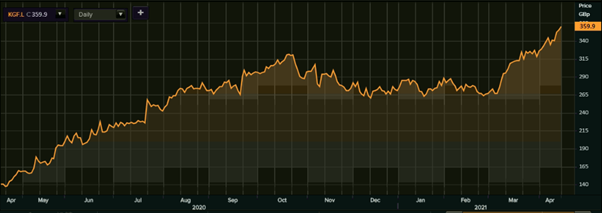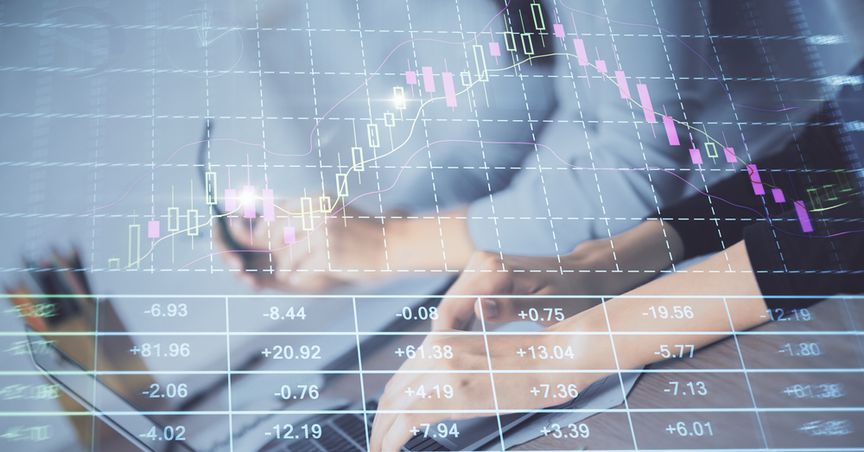Source: Peshkova, Shutterstock
Summary
- FTSE 100 finally bounced back to above 7,000 for the first time since February 2020
- One of the FTSE 100 constituents has jumped over 150 per cent in 1 year
- Nikkei 225 of Japan has managed to recognise a 1 year return of nearly 51 per cent
Passing through the turbulent trading sessions, London’s key stock index FTSE 100 managed to breach the 7,000-mark after a stretch of nearly 14 months. There have been multiple factors that propelled the index in the upward direction in the last one year. The sustained portion of the gains can be counted from November 2020 after the Pfizer-BioNTech Covid-19 vaccine showcased promising results in Phase 3 clinical trials.
FTSE 100 retraces 7,000
According to the historical data available with the London Stock Exchange, FTSE 100 settled at 7,019.53 on 16 April 2021, for the first time since 26 February 2020, when it closed at 7,042.47. Over the course of the present year, the index has witnessed two mini-corrections dropping 6.78 per cent between 8 and 29 January and tumbling 4.04 per cent from 15 to 26 February.
Subsequent to the cyclical recovery largely driven by the vaccine optimism and the plan of the upcoming easement, FTSE 100 made a fresh 52-week high of 7,040.26 On 19 April 2021. FTSE 100, the index that recently turned positive on a 1-year scale, stands with a year-to-date (YTD) gain of 8.78 per cent and a 1-year growth of 20.76 per cent.
Index outperformer
As far as the gain of FTSE 100 is concerned, several large-cap heavyweight shares have contributed to the rise. There is a blue-chip constituent of FTSE 100 that has vastly outperformed the index recognising a 1-year return of more than 150 per cent.
Shares of Kingfisher Plc (LON: KGF), the London-headquartered multinational retailer, has grown exceptionally well as compared to all other peers included in the prestigious FTSE 100. As per the historical share price data available with LSE, the stock of Kingfisher has registered a growth of 153.06 per cent to GBX 355.30 (16 April 2020) from a market price of GBX 140.40 apiece as on 17 April 2020.
Kingfisher Plc (1 year performance)

(Source: Refinitiv, Thomson Reuters)
Earlier in March, Kingfisher reported a 6.8 per cent growth in the FY 2020-21 sales, primarily due to the strong volumes in the second quarter and subsequently reduced disruption in the commercial activities. Posting a retail profit growth of 27.2 per cent in constant currency terms, Kingfisher resumed the dividend payment by proposing a total dividend of GBX 8.25 for FY 2020-21.
How strong is FTSE 100’s gain?
A rise of nearly 21 per cent seemingly indicates substantial growth in the country’s leading index. On the contrary, the one-year growth of FTSE 100 stands nowhere near to the upswing in other comparable benchmarks.
In the meantime, NYSE-controlled Dow Jones Industrial Average has managed to record a gain of approximately 45 per cent, while Nikkei 225 of Tokyo Stock Exchange has returned close to 51 per cent, outperforming the lead of Wall Street’s oldest stock indicator.





